More 'Epic' Sci-Fi
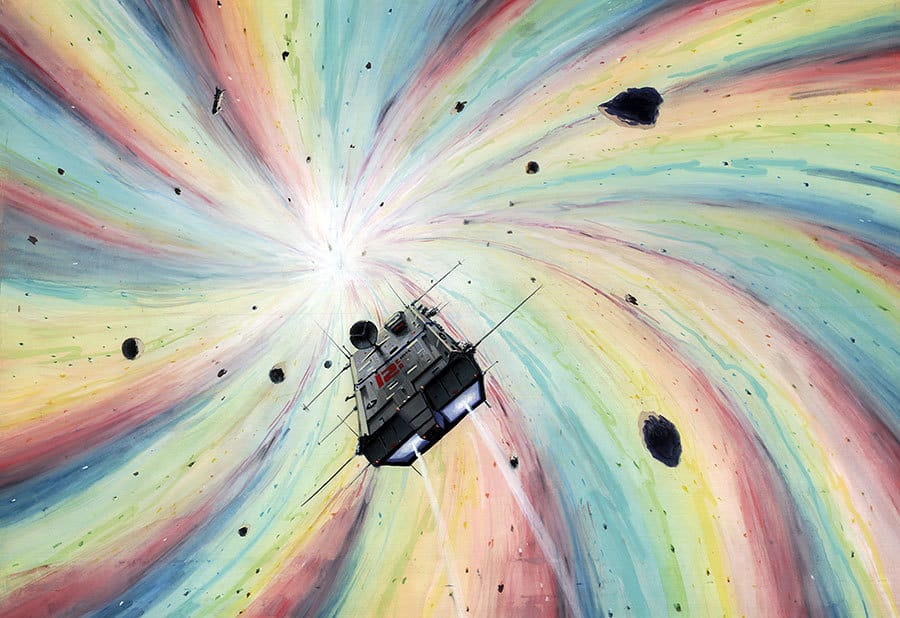
Okay, time to get back to the basics. This issue, I won't be trying to convince you to care about a corporate report or a bunch of grass-themed art.
This is a sequel to a post from last year. The only theme connected the works of art below is how beautiful, bizarre, spectacular, or arresting they are. It's basically just a list of my favorite stuff.
Like this colorful cover by Gerald Grace, for a 1980 paperback of Robert A. Heinlein's Starman Jones. The charmingly battered appearance of this particular scan might be biasing me a little, I admit.

Paul Lehr earns another spot in the epic art category with this classic 1971 cover to Isaac Asimov's Pebble in the Sky. Not that there was any doubt he would... the only surprise here is how subdued Lehr goes for this scene, with relatively muted colors and a spaceship orb that's a mere hundred feet tall.
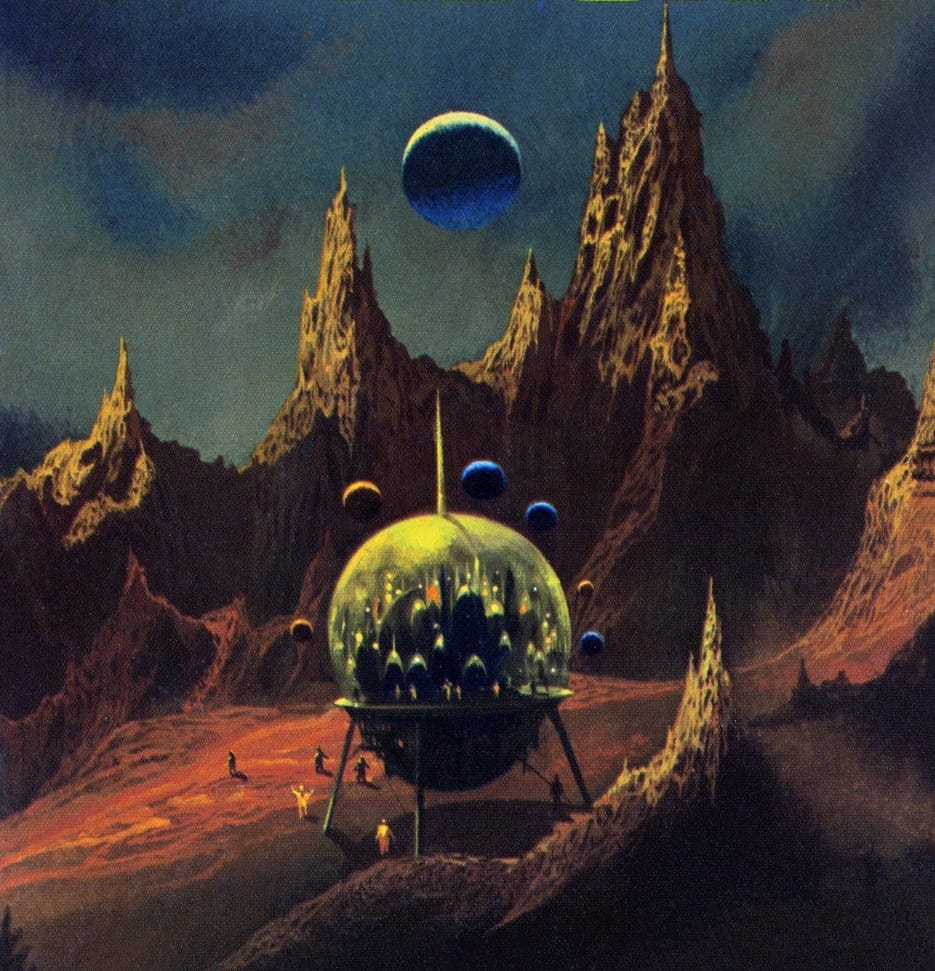
Sometimes keeping it simple makes for the most eye-catching image, as in Chris White's October 1980 cover for The Space Gamer #32. You might recognize the artist from his Dune board game cover, another winner.
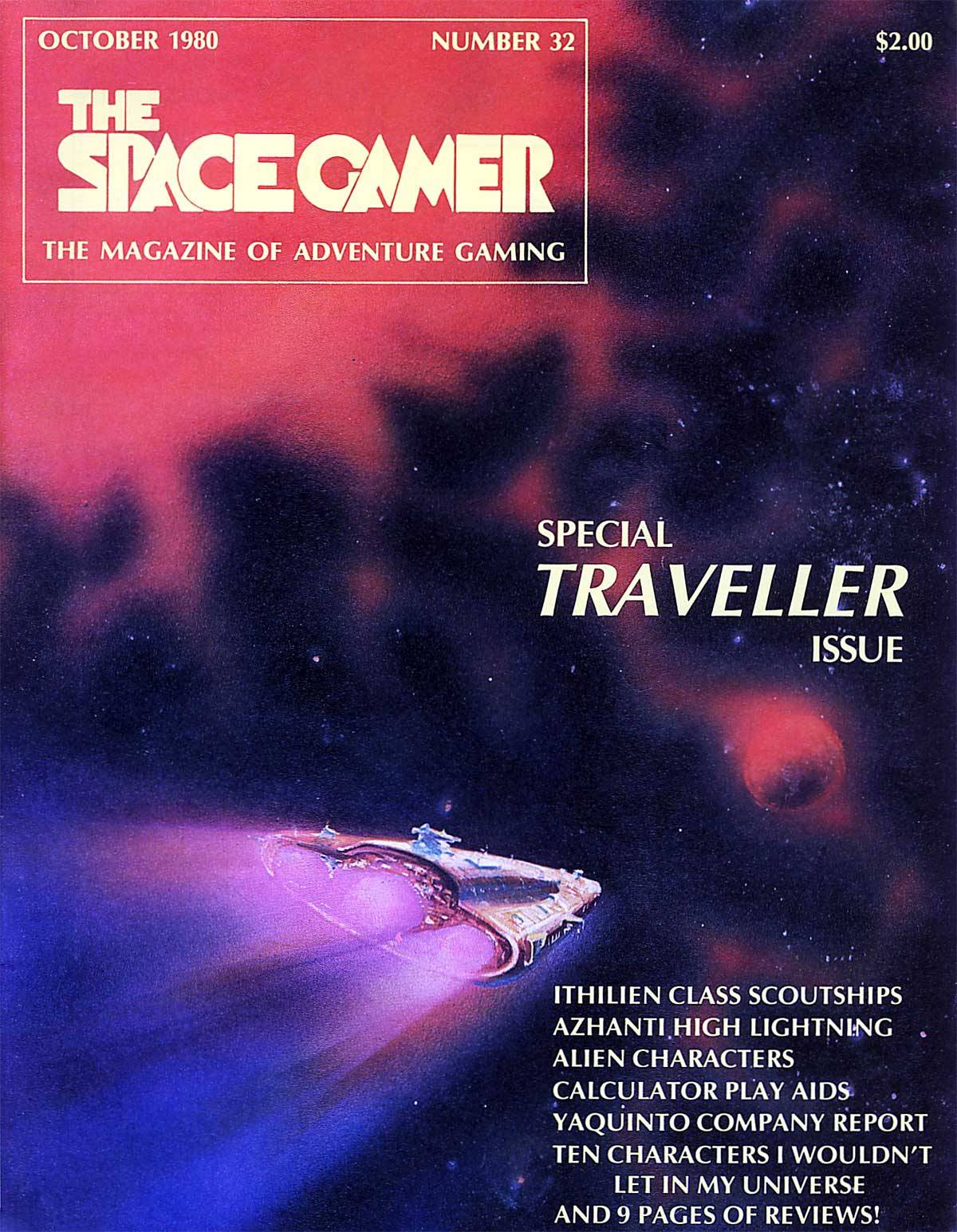
Enigmatic figures on sci-fi covers are more difficult to depict than cool spaceships or landscapes, but when they work, they work. I really like the troop on the uncredited (but likely Johnny Bruck) cover to Der Dämonenprinz, the 1969 German edition of Jack Vance's The Palace of Love.
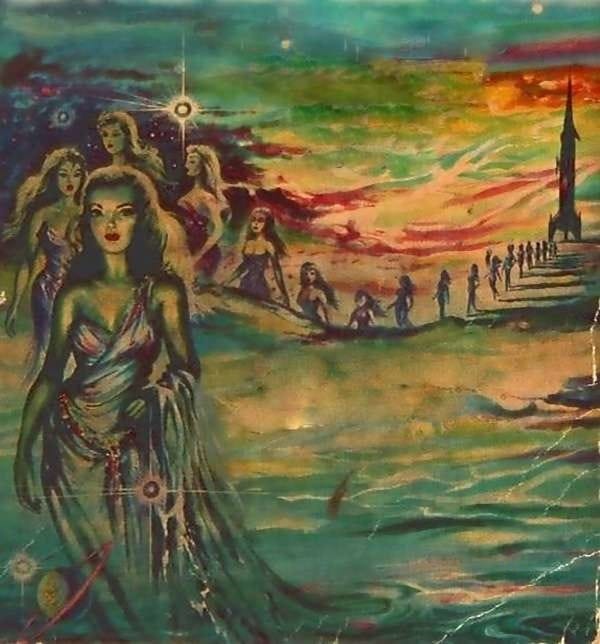
Henri Lievens has another example, with his 1970 cover to the Univers zéro collection of Jacques Sternberg short stories.
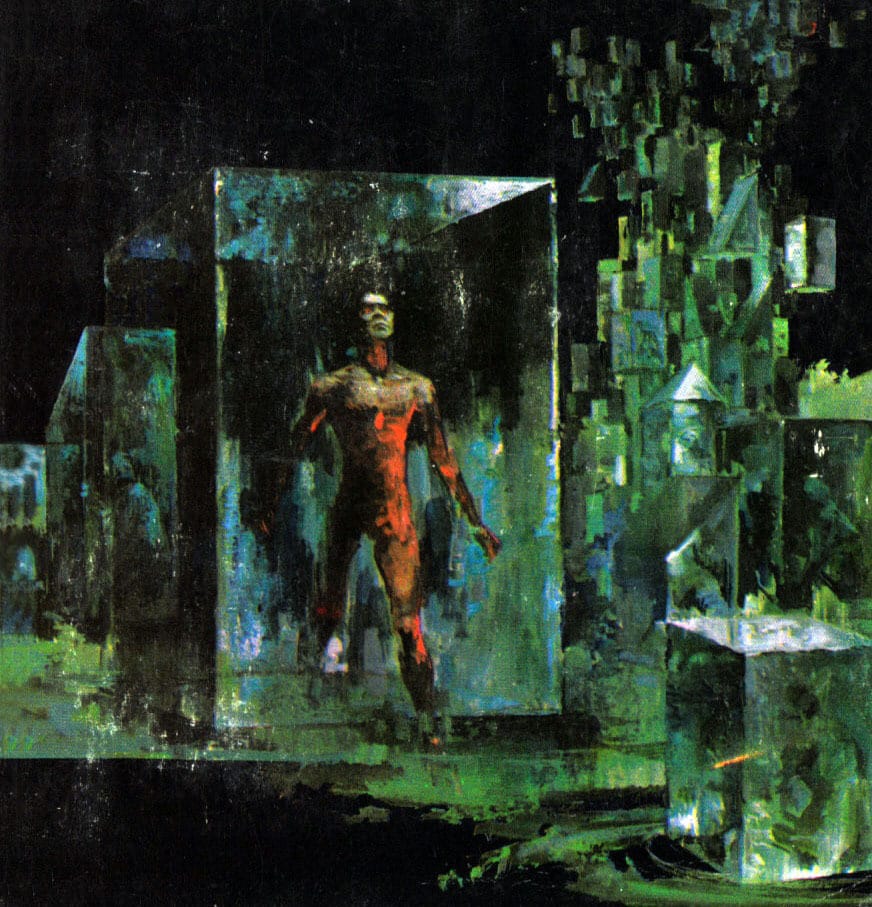
But avoiding those murky, painterly scenes can also be the right choice, if you can deliver on the opposite with bold detail and searing color choices – both of which Angus McKie is a master of. Here's his 1981 painting, The Planet Runner, to prove it.
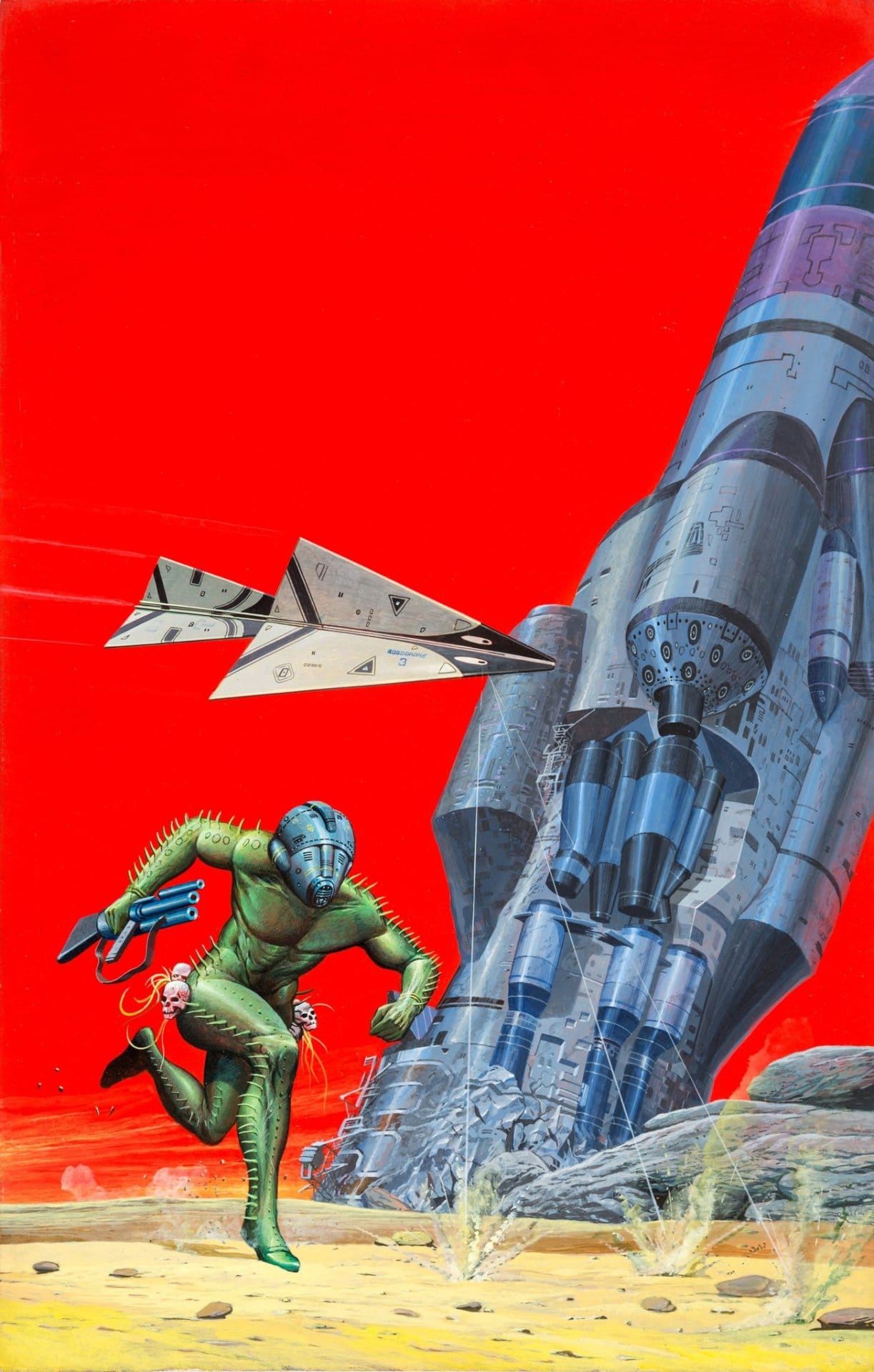
Masashi Iwasaki's surreal artwork, appearing in the JCA Annual 7 in 1987, is another highly detailed example. I don't know what's going on here, but boy, is it going on.
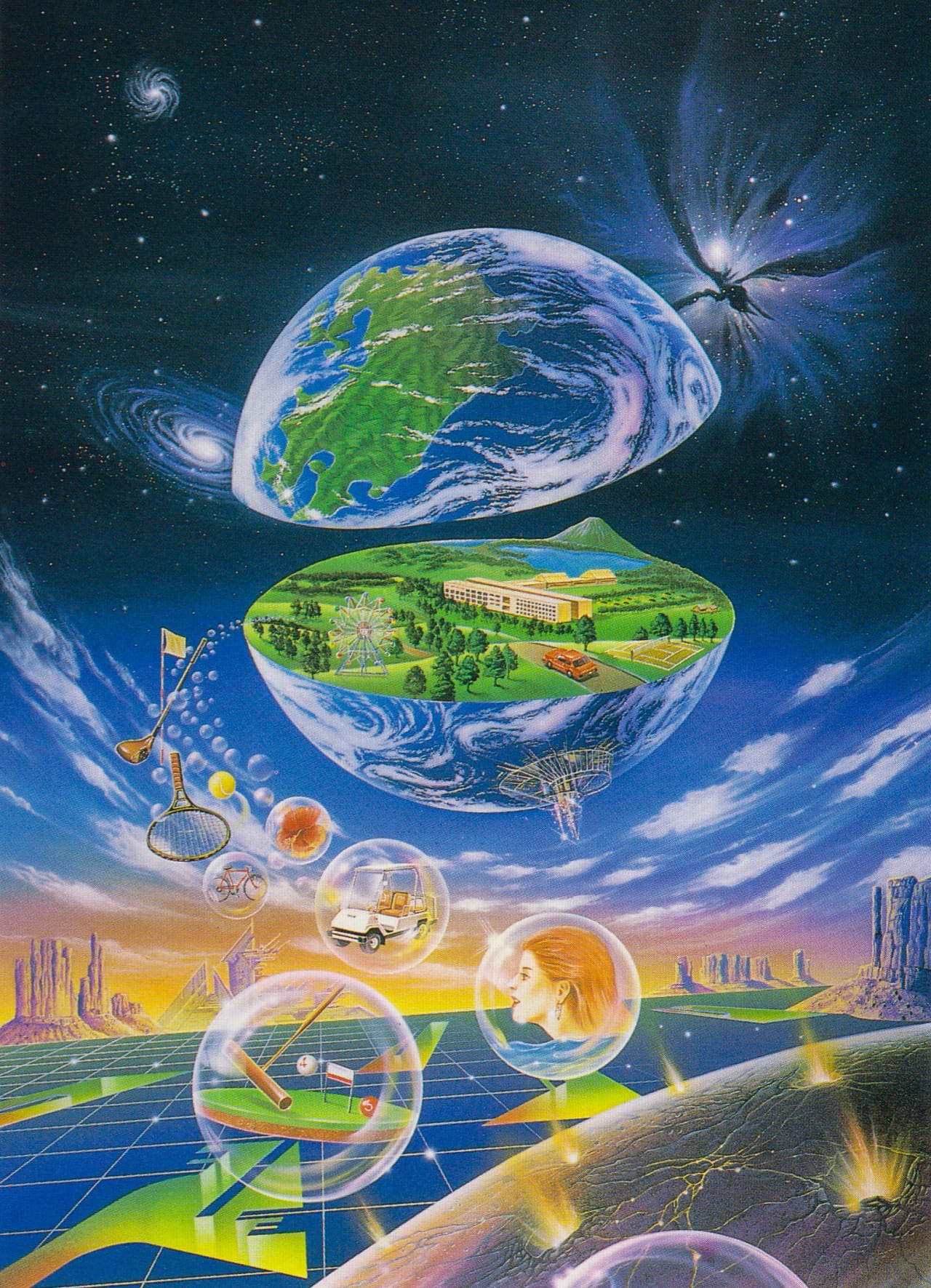
Usual suspect Bob Eggleton also has big, bold science fiction landscapes worth citing:
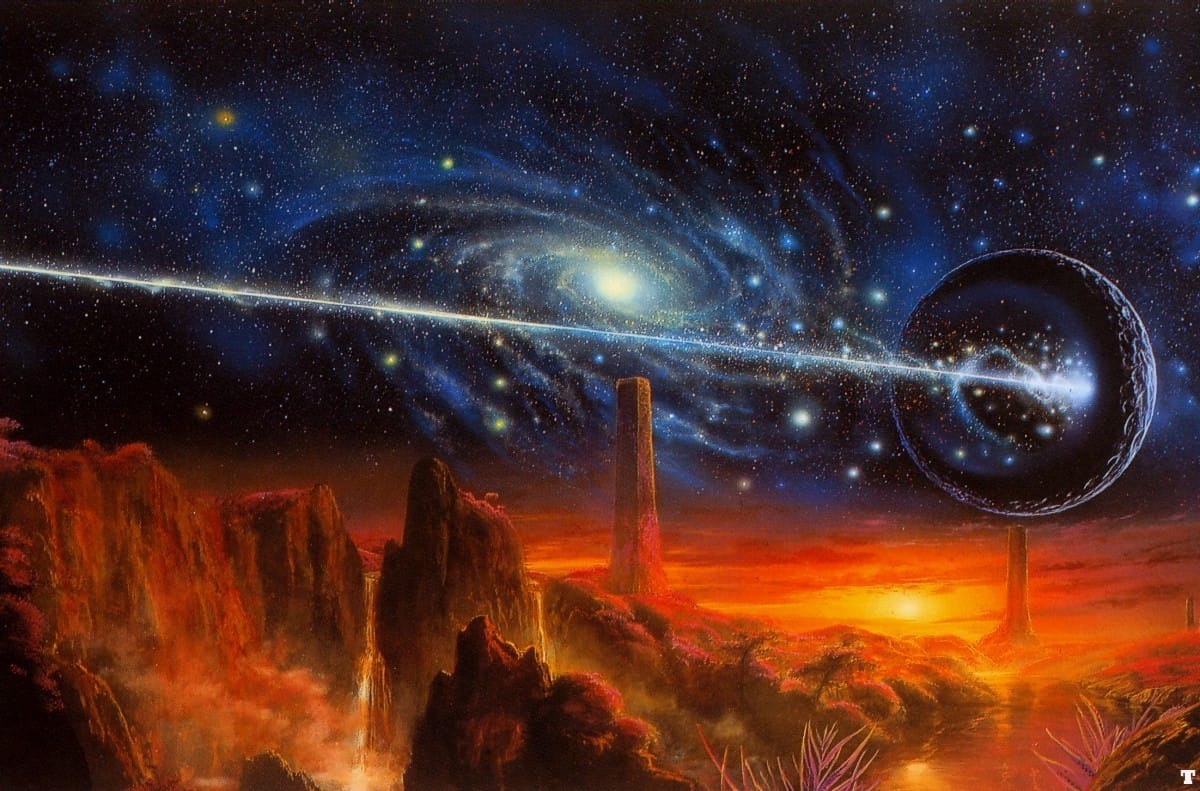
Peter Knifton marks a return to fuzzier art with this atmospheric illustration, collected in The Best Of Omni Science Fiction No.2 – fun fact, that same title also features the Colin Hay illustration that inspired my recent Ocean Outposts roundup.

Dexter Dickinson's 1987 acrylic painting “Crossing” delivers a key element in the best sci-fi art: It's kinda wierd. Is that a trailer attachment on a hovercraft?
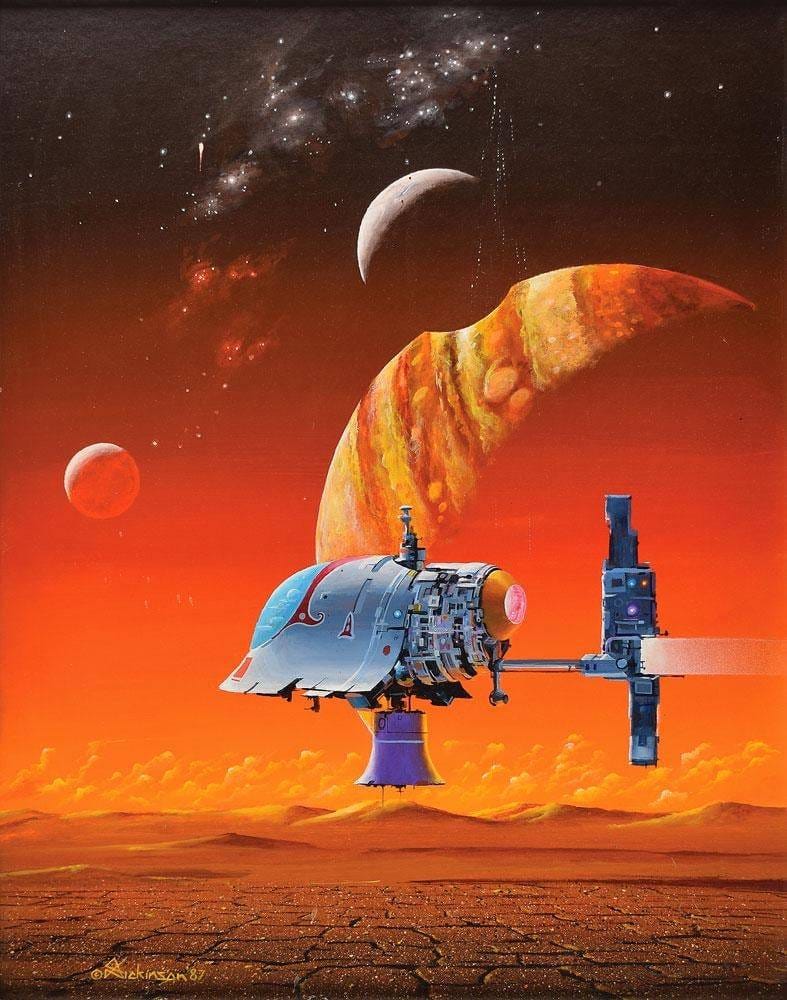
I'd also put the Peter Elson illustration at the top of this roundup in the "kinda weird" category. So is this final example, "After Attack," by Franco Storchi. I like art that feels like it has an entire unspoken story behind it, and this one definitely qualifies.
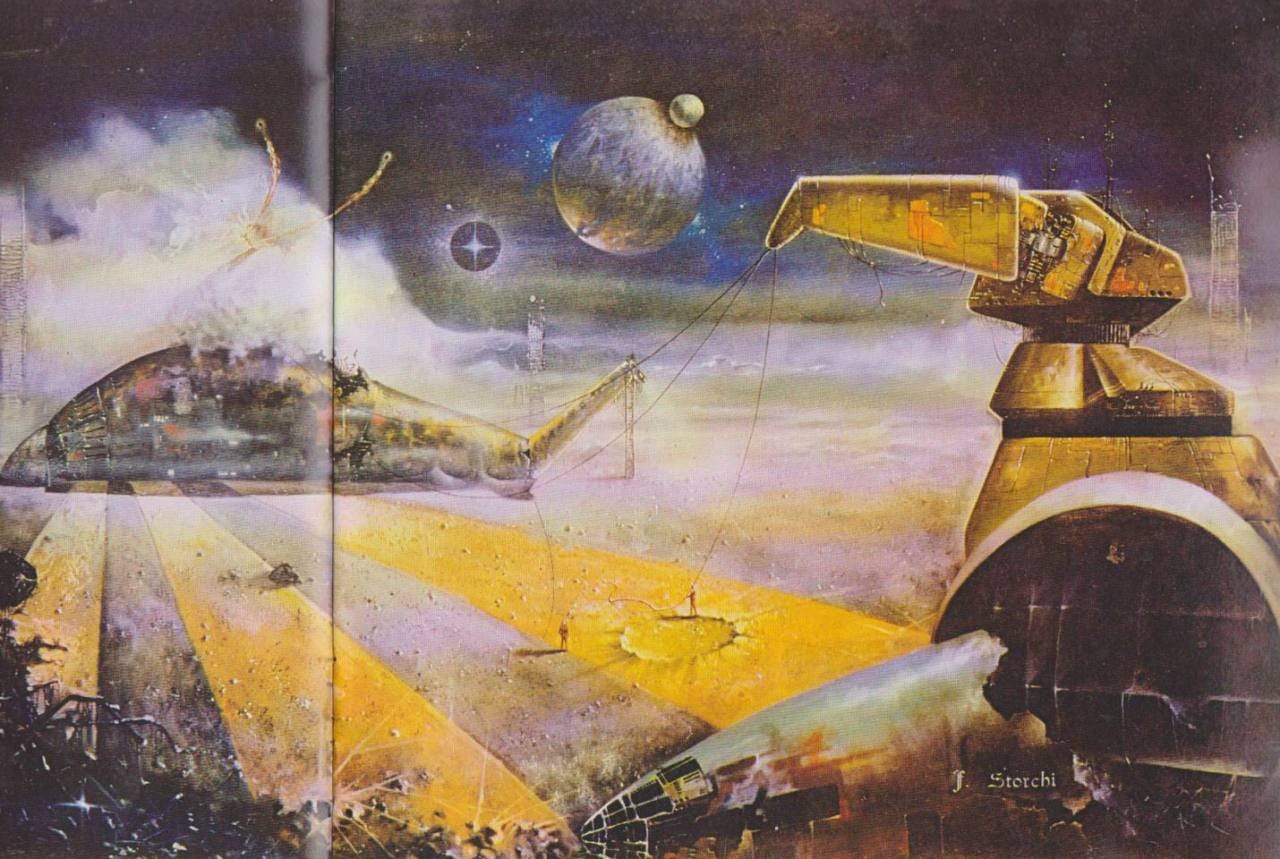
I'm still guest-curating art for the Sentiers newsletter if you want to check that out! The latest issue includes two of my favorite Angus McKie artworks.
Music rec: My current Spotify playlist is "Cyberpunk Vibes 2025"
Next Time: Sci-Fi Medics, a sequel to my Space Hospitals post